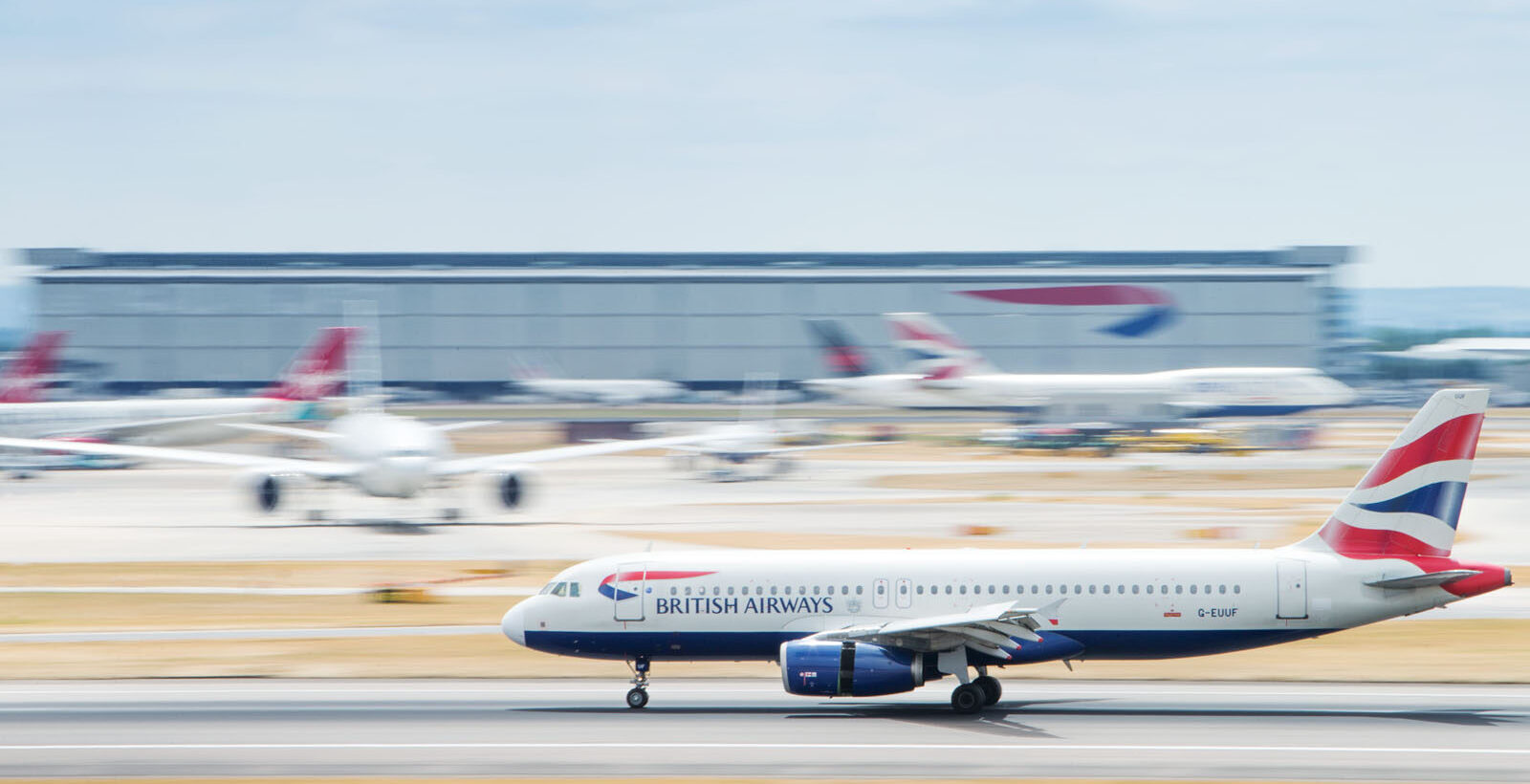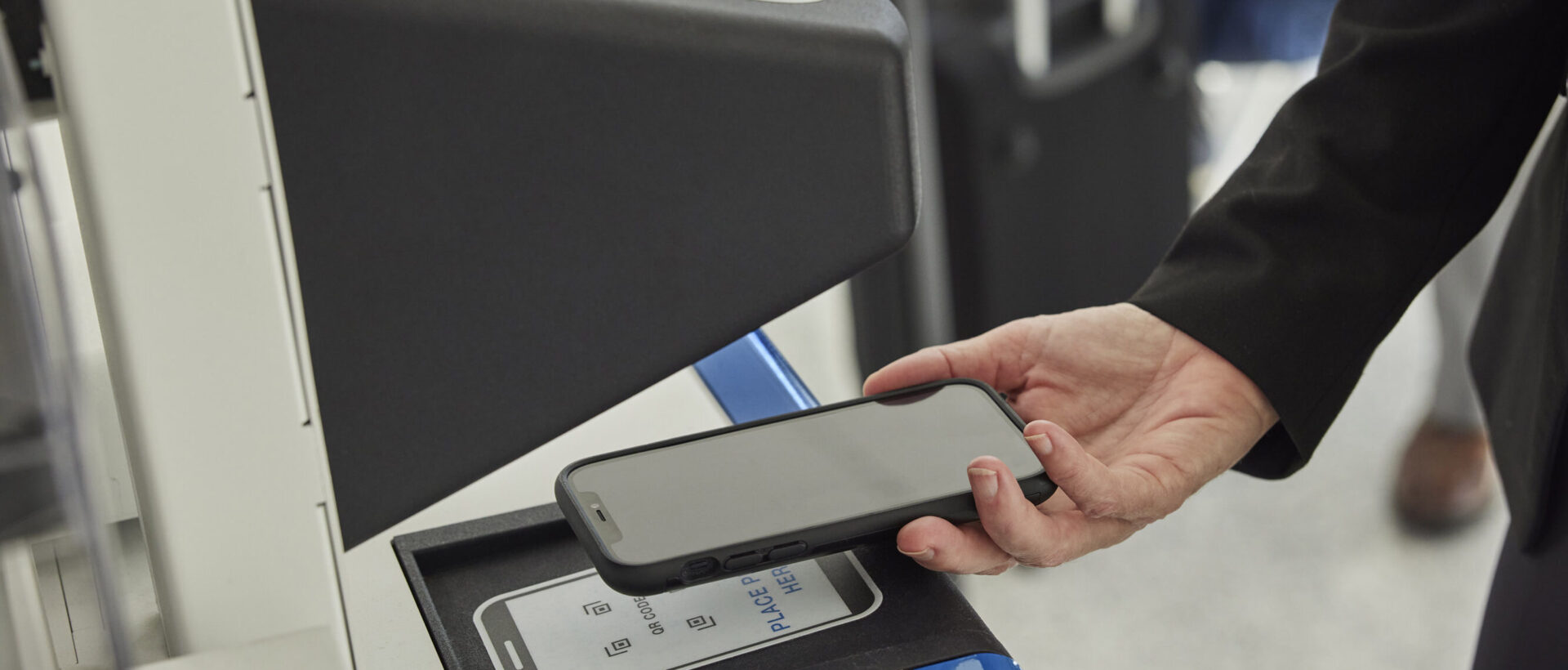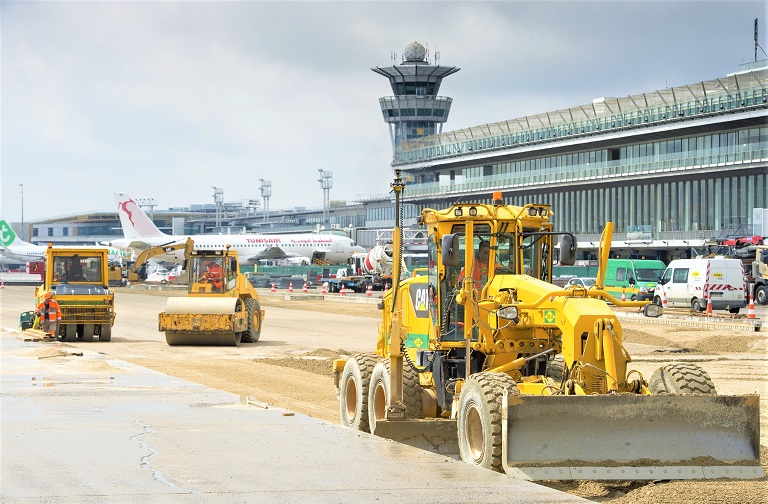Auckland Airport has brought forward budgeted and planned runway pavement replacement work with construction beginning on the $26 million project in two weeks.
The outbreak of COVID-19 and the reduction in flights, particularly large long-haul aircraft, presented an opportunity to have another look at the proposed construction windows.
André Lovatt, General Manager of Airport Development and Delivery, saidWe’ve experienced a significant reduction in flights and passenger numbers, with aircraft movements currently 90–95% lower than a normal busy day. This project has been planned for some time, but it was clear that we had an opportunity to bring construction forward to the earliest available time while runway movements are at an all-time low.
Safety continues to be our number one priority, and I’d like to thank our aviation partners for working alongside us in order to create a robust plan for undertaking this work. As an industry we’re facing enormous pressure and we have appreciated how these stakeholders have prioritised the collaboration needed to produce a safe and workable solution earlier than originally planned.
Delivered by Brian Perry Civil, the project will create work for 150 people over the next three months and involve the removal and replacement of 280, 36m2 slabs in the eastern end of the touch down zone. The project will see 12,000 tonnes of concrete laid 500mm thick to create the heavy industrial-grade pavement necessary to withstand landings of some of the heaviest and largest aircraft in the world, taking off at weights of up to 500 tonnes.
Aircraft will still continue to use the existing runway, which will be shortened by 1.1km during the 8 to 10-week construction period. This method, called a displaced threshold, is a common practice at airports worldwide and allows work to be carried out safely while aircraft continue to operate. Using an existing taxiway (contingent runway option) was also considered but the added complexity of converting the taxiway to a safe, operational runway in a short time frame meant it was not possible.
In normal circumstances, a displaced threshold method could result in the need for airlines to reduce aircraft weight, but with fewer fully laden aircraft flying it was not anticipated.
Mr Lovatt also said;Carrying out slab replacement work is a normal part of maintaining safe airfield operations and one undertaken regularly by airports around the world. Our runway, which was originally constructed in 1965, has been developed and renewed over the years as part of a programme of work that follows recognised standards and is overseen by independent experts.
The runway pavement replacement is a critical component of Auckland Airport’s much reduced infrastructure development programme over the next couple of years, one which prioritises selected capital projects that are focused on essential safety and asset maintenance.
Auckland Airport has deferred the vast majority of its infrastructure development programme – a series of projects that had been designed to cater for growth in passenger numbers, projected to double by 2044.
The safety case for the runway works has been reviewed and approved by the Civil Aviation Authority.
Aviation partners for the project were: Airways, Airwork, Air New Zealand, Federation of Air New Zealand Pilots (FANZP), New Zealand Air Line Pilots’ Association (NZALPA), Qantas Group and Tasman Cargo Airlines.
Also read:
- Smiths Detection: Ultraviolet Light Killing 99.9% of Microorganisms on Baggage Trays
- Frankfurt Airport Cargo Volume Steady Whilst Passenger Traffic Declines
- FAA Posts Draft EA for South-Central Florida Metroplex Project







